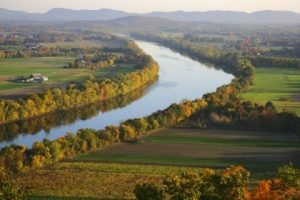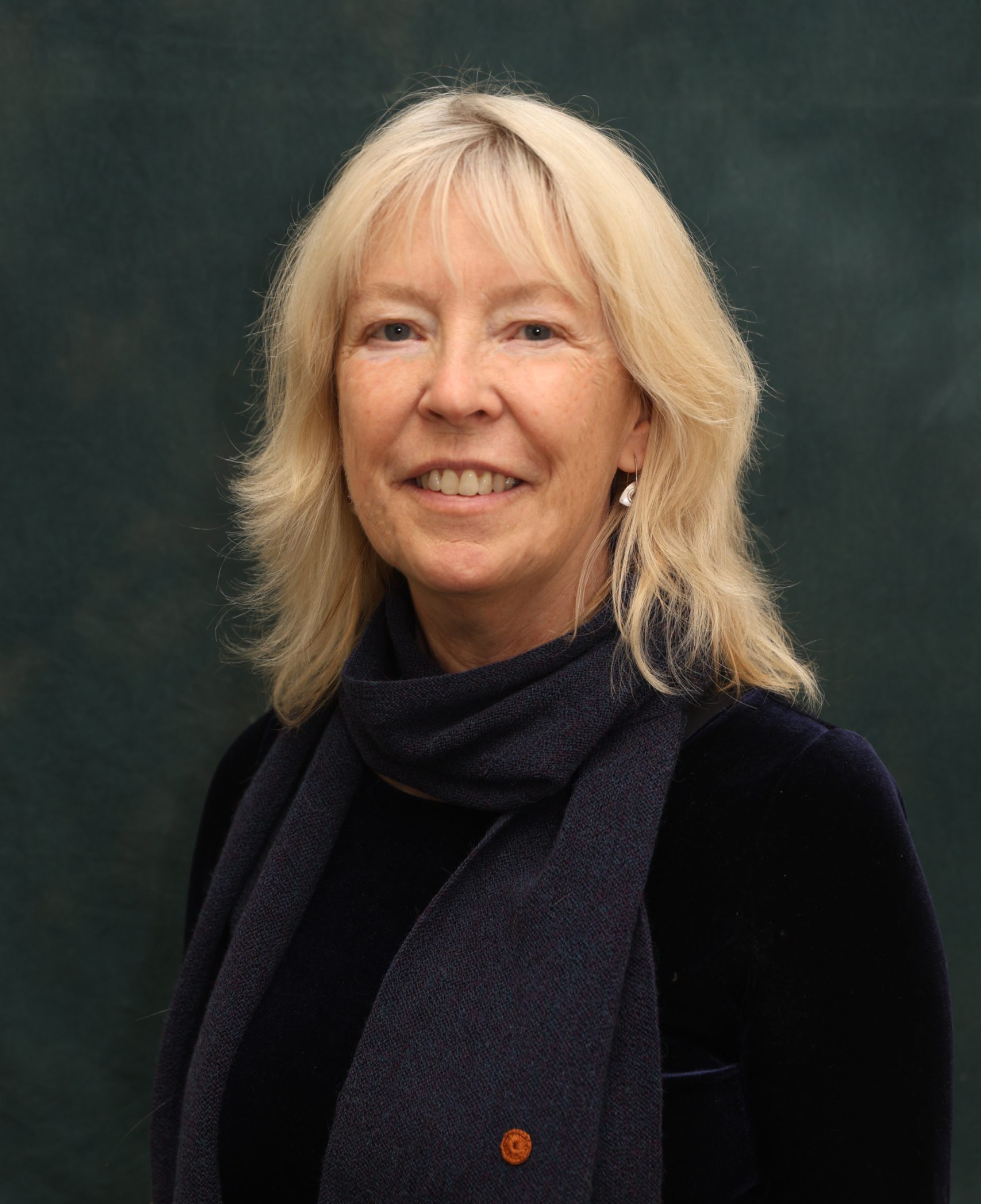Our region has a wealth of remarkable rivers, streams, lakes, and ponds. From the federally-designated Wild and Scenic Westfield River to the extraordinarily expansive Chicopee River, into which the Ware, Swift, and Quaboag Rivers flow, our waterbodies are known for their beauty, their power, and the abundant opportunities they offer for recreation. Of these waters, none is as great as the Connecticut River—our region’s primary geographic feature and major watershed to which all rivers and streams in our region drain.
Cleaning Up Our Waters
- Ongoing Projects
- Climate Resilience & Hazard Mitigation
- Pioneer Valley
Overview
With its headwaters in Quebec, Canada, and its outlet in the Long Island Sound, the Connecticut River flows 410 miles through four states: New Hampshire, Vermont, Massachusetts and Connecticut. Because of its impact on the economic, ecological, and cultural activity of both our local area and the greater regions, preserving the Connecticut River’s water quality is of utmost importance.
 Despite the River’s great value, portions of this landmark, its tributaries, and associated lakes and ponds still suffer from water quality impairments. Water pollution occurs throughout our region, resulting from various sources, from combined sewer overflows and direct municipal or industrial discharges to stormwater runoff from urban and agricultural areas. Such pollution results in high levels of turbidity and total suspended solids (TSS); excessive levels of disease-causing pathogens, such as E. coli; and nutrients, which contribute to cyanobacteria blooms, rapidly expanding populations of invasive plants, and low levels of dissolved oxygen. Additionally, both the Connecticut River and many of its tributaries are affected by many man-made dams, which typically impact natural flow regime, fish passage, and water temperature.
Despite the River’s great value, portions of this landmark, its tributaries, and associated lakes and ponds still suffer from water quality impairments. Water pollution occurs throughout our region, resulting from various sources, from combined sewer overflows and direct municipal or industrial discharges to stormwater runoff from urban and agricultural areas. Such pollution results in high levels of turbidity and total suspended solids (TSS); excessive levels of disease-causing pathogens, such as E. coli; and nutrients, which contribute to cyanobacteria blooms, rapidly expanding populations of invasive plants, and low levels of dissolved oxygen. Additionally, both the Connecticut River and many of its tributaries are affected by many man-made dams, which typically impact natural flow regime, fish passage, and water temperature.
-
The Connecticut River Stormwater Committee, a coalition of 19 municipalities plus the University of Massachusetts that collaborates on meeting requirements of the federal stormwater permit, known as the MS4 permit.
-
The Connecticut River Clean-up Committee (CRCC), an inter-municipal partnership between the Cities of Chicopee and Holyoke, the Springfield Water and Sewer Commission (SWSC), and the PVPC. Chicopee, Holyoke, and the SWSC are all under EPA Administrative Orders of Consent Decrees to address the negative water quality impacts to the Connecticut River from CSOs.
PVPC is also engaged in leading or providing technical support for water quality implementation, planning, and analysis projects for our region’s many waterbodies. For more information about these ongoing and past projects, please see the sidebars below.
For those curious as to current water quality data, see Is it Clean?, a website that provides water quality sampling results from popular recreational locations along the Connecticut River and its tributaries. The website is based on a water quality sampling program that PVPC developed in partnership with UMass Water Resources Research Center and operated for 10 years with dedicated local volunteers. The volunteer program and website are now entirely managed by the Connecticut River Conservancy.
Questions and Comments?
